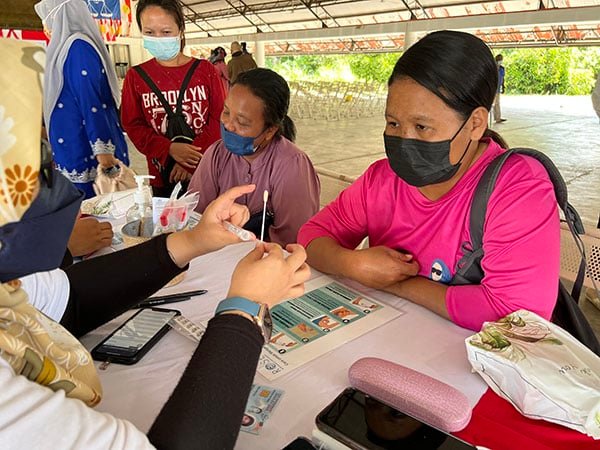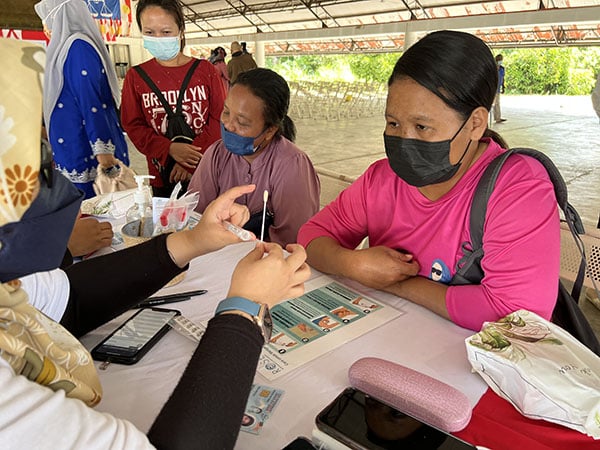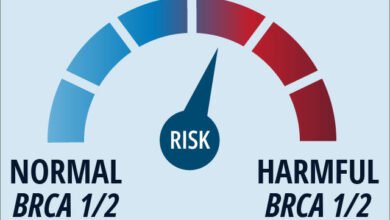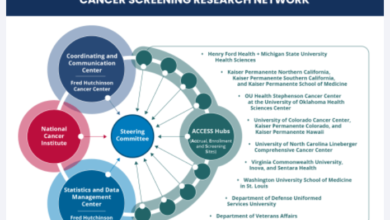Cervical Cancer: A Cautionary Tale of Optimism and Challenges

By Cancer Today Staff
News stories about efforts to eliminate and prevent cancer often tell the story in broad strokes, painting an almost impressionist view of sweeping successes or discouraging setbacks. As Cervical Cancer Awareness Month draws to a close, studies continue to capture two dueling concepts in the struggle to eliminate this cancer. On one hand, human papillomavirus (HPV) vaccination, cervical cancer screening and early detection, and treatment of precancerous and cancerous cells can eliminate cervical cancer. But it’s also no secret that tools to prevent and intercept this deadly disease aren’t equally accessible to everyone around the world and in the U.S.
On January 12, 2023, the American Cancer Society released its annual report of cancer facts and trends. Of note, the organization reported hopeful news of an “astounding” reduction in cervical cancer rates in women between ages 20 to 24 from 2012 through 2019. This development provided a rousing endorsement that cancer vaccines can and do work, as it reflects the first generation of adolescents who rolled up their sleeves for HPV vaccination and have now come of age.
But even with successes, challenges persist—sometimes in unexpected pockets and different ways. A Jan. 9, 2023, study in Cancer Epidemiology, Biomarkers & Prevention found that 20 percent of all cervical cancer diagnoses in the U.S. are found in those over age 65. In addition, these diagnoses were far more likely to be later stage. One explanation is that women who are approaching the age of 65—the recommended age for when cervical cancer screening stops—may not be up to date with their tests.
In 2020, the World Health Organization (WHO) launched a global initiative to eliminate cervical cancer, but even with tools such as HPV vaccination, screening, and effective procedures to remove precancerous and cancerous cells, people around the world and in the U.S. are still getting cervical cancer and dying from it. Globally, middle- and low-income countries carry the biggest burden of the disease. A story In the winter 2022/2023 issue of Cancer Today, a magazine and online resource for cancer patients, survivors, and caregivers published by the American Association for Cancer Research, describes the challenges along with a patchwork of successes that hint at potential for success in eliminating cervical cancer in women worldwide.
“Low- and middle-income countries carry more than 80 percent of the burden of cervical cancer cases in the world,” says Ruanne Barnabas, MD, an infectious disease specialist at Massachusetts General Hospital in Boston who studies cervical cancer in low- and middle-income countries, in the article. “Those cervical cancers get diagnosed so late, and mortality is very high. More than half of people diagnosed die from cervical cancer worldwide. There are about 600,000 new cases diagnosed a year and 300,000 deaths from cervical cancer a year globally from an almost entirely preventable disease,” she says in the story.
The article also highlights glimmers of hope, cataloging several successful strategies. One tool, self-sampling, has gained acceptance, in part, as a byproduct of another global challenge. People around the world have become increasingly comfortable with self-swabbing their noses to test for coronavirus, and the technology to read and deliver results from self-administered tests has also become more broadly available.

After exchanging information with a colleague in Australia—one of the first countries to become poised to eliminate cervical cancer—Yin Ling Woo, PhD, of the University of Malaya in Kuala Lumpur worked to launch a pilot program that incorporates self-sampling with an HPV test and a mobile platform to deliver test results to women in Malaysia. For the pilot, her team screened more than 4,000 women in 15 months. Five percent of women showed evidence of HPV infection, which meant that they were at increased risk of cervical cancer, and 89 percent of these women received follow-up care. These efforts led to the creation of ROSE Foundation, which continues the testing program.
In Rwanda, a small country roughly the size of Maryland, HPV vaccination coverage increased from 6 percent for girls born in 1993 to 99 percent for those born in 2002, mostly through school vaccine programs. The vaccination effort has been funded both by the Rwandan government and Gavi, a worldwide vaccine alliance. These efforts could put Rwanda on track to eliminate cervical cancer soon, much like Australia.
Other research findings could make the road to eliminating cervical cancer more direct. Current WHO recommendations advise two doses of the HPV vaccine for girls under 15 and three doses for those over 15, but science has suggested one dose may be as effective, the Cancer Today article notes. A study, led by Barnabas and published in April 2022 in NEJM Evidence, looked at vaccination in more than 2,000 women ages 15 to 20 in Kenya and found that a single dose of HPV vaccine provided 97.5 percent protection against the two HPV types that cause 70 percent of all cervical cancer.
To truly achieve the WHO’s objectives, low- and middle-income countries need to shift beyond pilot programs and short-term campaigns to make cervical cancer screening and follow-up a routine part of life, Barnabas says. “We need community partners. We need funders and partners and physicians all at the table to solve this problem together and to think about how we can really simplify the way people get vaccination and [receive] screening,” she told Cancer Today.
The challenge isn’t limited to low- and middle-income countries, however. While wealthy countries have better access to resources than low-income countries, the incidence rate of cervical cancer in the U.S. has not budged since about 2007, a troubling trend described in an article on cervical cancer disparities published in the summer 2022 issue of Cancer Today. In the U.S., the burden of cancer deaths from cervical cancer often falls disproportionately on Black, Hispanic and low-income and rural populations. Hispanic women in America are 30 percent more likely to die of cervical cancer than white women, and Black women are 65 percent more likely. Research also shows significantly more Black and Hispanic women are diagnosed with cancer that has spread to regional and distant areas of the body than white women. In addition, Black women are more likely than white women to be recently screened for cervical cancer—but still far more likely to die of the disease. The research points to other systemic issues with access to care, says Jennifer Young Pierce, MD, MPH, a gynecologic oncologist and program leader of cancer control and prevention at the Mitchell Cancer Institute in Mobile, Alabama.
“There’s a grave difference between receiving the screening tests and getting the preventative treatment,” says Young Pierce, describing the need to treat precancerous lesions quickly once they’re detected. She suspects discrepancies in follow-up care for Black women—and systemic bias—are contributing to this higher mortality rate.
Cervical cancer survivor Tamika Felder remembers feeling stigma and shame surrounding reproductive care. When she was only 23 years old, a doctor’s comment about her weight made her so upset that she left the appointment without getting the Pap test she was supposed to receive.
“I got in my car, and I cried. I didn’t go back [for a Pap test] until, unfortunately, it was too late,” she recalls. In fact, two years later, she was diagnosed with stage II cervical cancer. It’s this experience and her experience with a preventable cancer at such a young age that prompted Felder, who is a Black woman, to start Cervivor, a nonprofit dedicated to supporting fellow cervical cancer survivors. She shares her story to raise awareness of preventive efforts as well, including HPV vaccination and Pap tests.
“There are still people who die of cervical cancer,” says Felder. “Young moms. Young women who are just starting their lives.”
Published by the American Association for Cancer Research, Cancer Today is a magazine and online resource for cancer patients and survivors and their caregivers. Subscriptions to the magazine are free.
Source link
#Cervical #Cancer #Cautionary #Tale #Optimism #Challenges



